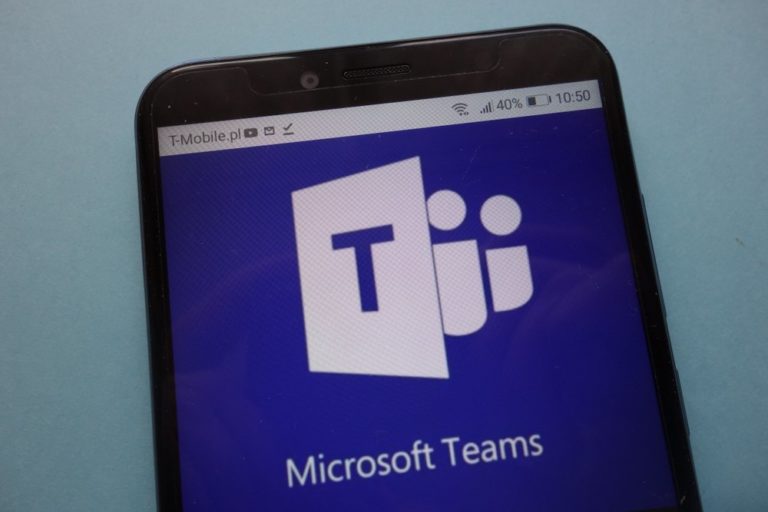Microsoft announces an update for Microsoft Defender for Office 365 that allows Microsoft Teams users to alert their management and IT team of phishing, scamming and other dodgy messages.
Previously known as Office 365 ATP (Advanced Threat Protection), Microsoft Defender for Office 365 strives to enhance the protection and security of companies against various cyberattacks via links, collaboration tools and emails.
A feature currently in the development phase will enable administrators to filter and detect potentially risky and dangerous messages, payloads and links aimed at employees.
Office 365 users will be able to report dodgy and suspicious messages coming from Microsoft Teams as a security threat – exactly as they would otherwise do via emails. Microsoft aims to help companies create a better-secured environment while preventing any cyberattacks arising from Microsoft Teams.
Microsoft is also working on upgrading Defender for Office 365’s Submissions experience, allowing users to report messages in relevant tabs such as spam (junk), phishing, and so on. The updated submission feature is currently in preview mode and will likely be available to users worldwide by January 2023.
Defender for Office 365 over the years
The new security capabilities of Microsoft Office 365 Defender are built upon numerous improvements, which were communicated to the general public in July 2021. Microsoft Teams has since been able to block all kinds of malicious activities automatically.
Microsoft achieved enhanced security by extending Defender for Office 365 Safe Links protection into the Teams communication channel in order to deliver enhanced safety against suspicious links or phishing activities. “Safe Links in Defender for Office 365 scans URLs at the time of click to ensure that users are protected with the latest intelligence from Microsoft Defender”, the organization said at the time.
Furthermore, Microsoft started deploying Built-In Protection to Defender for Office 365 in November 2021, which implements recommended policies and settings to ensure all users receive a basic level of protection against malware. It patches gaps within the enterprise’s protection coverage, enhancing security and preventing data breaches, cyberattacks and other malicious activities.
